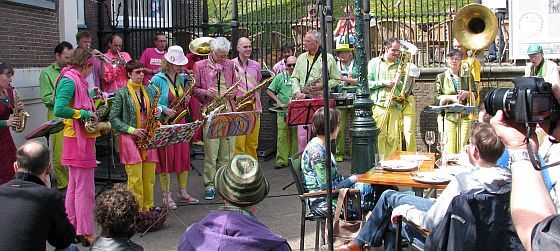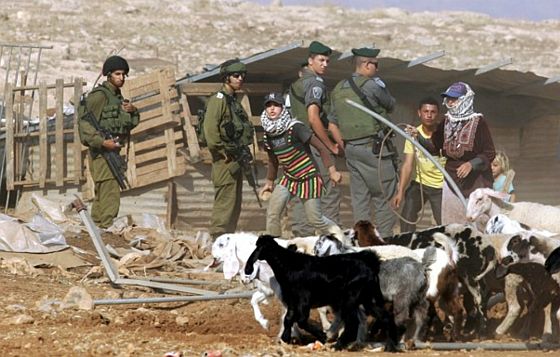Dimi Reider writes:
The social justice demonstrations have been accused of ignoring the key issue of the occupation. But their tremendous groundswell of solidarity and cooperation is slowly gnawing at something even more significant than that – the principle of separation, of which the occupation is just one exercise.
One of the most impressive aspects of the J14 movement is how quickly it is snowballing, drawing more and more groups and communities into a torrent of discontent. Pouring out into the streets is everything that Israelis, of all national identities, creeds and most classes complained about for years: The climbing rents, the rising prices on fuel, the parenting costs, the free-fall in the quality of public education, the overworked, unsustainable healthcare system, the complete and utter detachment of most politicians, on most levels, from most of the nation.
All this has been obfuscated for decades by the conflict, by a perpetual state of emergency; one of the benefits from leaving the occupation outside the protests, for now, was to neutralise the entire discourse of militarist fear-mongering. Contrary to what Dahlia and Joseph wrote last week, the government so far utterly failed to convince the people military needs must come before social justice; Iran has largely vanished from the news pages, and attempts to scare Israelis with references to a possible escalation with Lebanon or the Palestinian are relegated to third, fourth and fifth places in the headlines, with the texts often written in a sarcastic tone rarely employed in Israeli media on “serious” military matters.
Over the past week, though, the Palestinians themselves have begun gaining presence in the protests; not as an external threat or exclusively as monolithic victims of a monolithic Israel, but as a part and parcel of the protest movement, with their demands to rectify injustices unique to the Palestinians organically integrating with demands made by the protests on behalf of all Israelis.
First, a tent titled “1948″ was pitched on Rothschild boulevard, housing Palestinian and Jewish activists determined to discuss Palestinian collective rights and Palestinian grievances as a legitimate part of the protests. They activists tell me the arguments are exhaustive, wild and sometimes downright strange; but unlike the ultra-right activists who tried pitching a tent calling for a Jewish Tel Aviv and hoisting homophobic signs, the 1948 tenters were not pushed out, and are fast becoming part of the fabric of this “apolitical” protest.
A few days after the 1948 tent was pitched, the council of the protests – democratically elected delegates from 40 protest camps across the country – published their list of demands, including, startlingly, two of the key social justice issues unique to the Palestinians within Israel: Sweeping recognition of unrecognised Bedouin villages in the Negev; and expanding the municipal borders of Palestinian towns and villages to allow for natural development.
The demands chimed in perfectly with the initial drive of the protest – lack of affordable housing. Neither issue has ever been included in the list of demands of a national, non-sectarian movement capable of bringing 300,000 people out into the streets.
And, finally, on Wednesday, residents of the Jewish poverty-stricken neighbourhood of Hatikva, many of them dyed-in-the-wool Likud activists, signed a covenant of cooperation with the Palestinian and Jewish Jaffa protesters, many of them activists with Jewish-Palestinian Hadash and nationalist-Palestinian Balad. They agreed they had more in common with each other than with the middle class national leadership of the protest, and that while not wishing to break apart from the J14 movement, they thought their unique demands would be better heard if they act together. At the rally, they marched together, arguing bitterly at times but sticking to each other, eventually even chanting mixed Hebrew and Arabic renditions of slogans from Tahrir.


